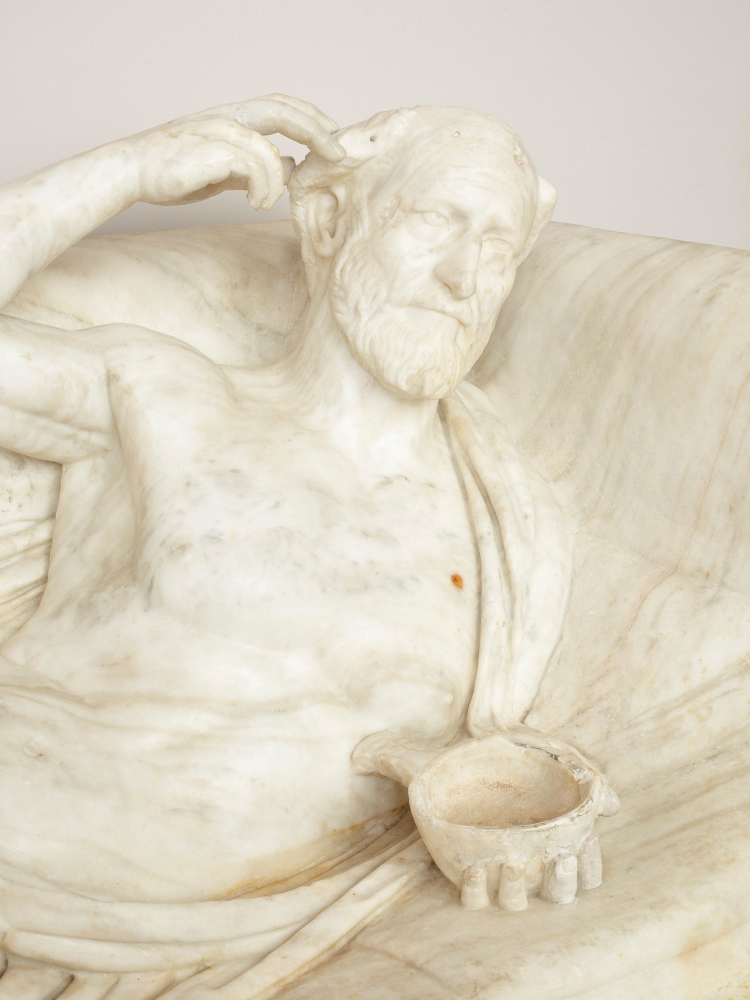


In the second post of her second series (first post here), Anne Young shares some of the tools and programs GLAM professionals can utilize to integrate Open Access in their institution in the most automated way possible.
Funerary Monument of Flavius Agricola (detail), Antonine period (138–193 A.D.), marble, 26–1/2 x 70 x 27 in. Indianapolis Museum of Art at Newfields, Gift of Alan Hartman, 72.148. Public Domain.
It is important to remember that the ability to institute Open Access stems from having solid licensing practices already in place, having high-quality digital content (images, videos, etc.) and as complete as possible metadata to accompany the content.
The most direct means of getting Open Access content online is through the coordinated delivery between a GLAM’s collections management system (CMS) and digital asset management system (DAMS) to populate online collections.
What is a CMS? “It is computer program that facilitates the administrative responsibilities (cataloging, accessioning, loans, exhibition planning, digital image retrieval, copyright management, etc.) associated with the documentation and stewardship of a GLAM’s holdings.”¹
A DAMS is a “digital program used for storing, managing, and retrieving digital assets, such as images or videos of collection objects.”²
There are a host of CMS and DAMS a GLAM might utilize to deliver content online and make available via an API. I will not even try to explain the technology behind how these all work together, but can vouch that without these systems Open Access can be much more challenging.
The Fifth Plague of Egypt, 1800, oil on canvas, 48 × 72 in. Indianapolis Museum of Art at Newfields, Gift in memory of Evan F. Lilly, 55.24.
Beyond the tech itself, GLAMs need to consider the terms and conditions of both Open Access and their website platform(s) overall to ensure no conflicting clauses (i.e., don’t claim copyright and restrict use to content in one place whilst trying to offer Open Access in another).
No matter how a GLAM makes Open Access content available (e.g., direct downloads from collection pages or a separate microsite), always integrate policy information and cross-reference how users can license content not in the Open Access program.
Beyond the mechanisms of content delivery, there are a host of other decisions to make to define what Open Access parameters you want to apply to your collection. These are the questions that you need to ask yourself:
Usage restrictions: will the GLAM look at different levels of uses: non-commercial uses only, unrestricted use, or somewhere in-between? Essentially, the question you want to answer for your GLAM is whether you’ll go full Open Access or “Semi-Open Access.”
Object attribution and collection credit line: will the GLAM require or merely recommend the inclusion of this information to further assist in downstream identification of collection content? Or simply ask for: “Courtesy of [insert GLAM name]”?
Gratis copies: will the GLAM request users send a gratis copy to aid the institution in its institutional records of where collection content is reproduced?
Data collection: will the GLAM track downloads or types of uses of the content? If so, how does it intend to gather and record this information? Is this a hindrance to being fully open or does scholarly record of reproductions take precedence for the institution?
File specifications: what size files will the GLAM provide? Single size, full size, multiple sizes optimized for different uses? Is the metadata embedded in files?
FAQ: in addition to revising terms and conditions with existing online materials, the GLAM may wish to prepare FAQs (in advance) to address specific questions about its Open Access policy.
Third-party copyright restrictions: GLAMs should ensure the collection content made available under Open Access is in the Public Domain or that the rights are held by the institution and free of any other copyrights or other legal restrictions.
Privacy and/or publicity restrictions: GLAMs should ensure the collection content made available under Open Access is free of any Privacy or Publicity issues, if there are people depicted in the content.
Contractual restrictions: GLAMs should ensure the collection content made available under Open Access is free of any contractual restrictions (i.e., donation or purchase restrictions to mandating credit lines with all reproductions).³
The coordinated consideration of these parameters in conjunction with the use of a CMS, DAMS, and API will enable a GLAM to implement the best version of automated Open Access downloads that their institution can facilitate.
In the next post, I’ll have a look to what you can do when you have limited resources and still want to get an Open Access policy running.
Disclaimer: The content of this post does not constitute legal advice nor does it refer to any particular or specific situation. If you have any doubts about your specific situation, you should consult with a lawyer.
These posts were compiled out of the set of tweets that Anne did during her curation of the @openglam Twitter account. Remember you can do it too, just sign up here!
Anne Young is the Director of Legal Affairs and Intellectual Property at Newfields and editor of “Rights and Reproductions: The Handbook for Cultural Institutions, Second Edition”, for which she received the Visual Resources Association’s Nancy DeLaurier Award in 2017.
Footnote
[1] Megan P. Bryant, Cherie C. Chen, Kenneth D. Crews, John ffrench, Walter G. Lehmann, Naomi Leibowitz, Melissa Levine, Sofía Galarza Liu, Michelle Gallagher Roberts, Nancy Sims, Deborah Wythe and Anne M. Young, Rights and Reproductions: The Handbook for Cultural Institutions, Second Edition. Edited by Anne M. Young. Lanham, Maryland: Rowman and Littlefield, 2019, p. 343.
Some rights reserved CC BY-NC
Dịch: Lê Trung Nghĩa
Ý kiến bạn đọc
Những tin mới hơn
Những tin cũ hơn
Blog này được chuyển đổi từ http://blog.yahoo.com/letrungnghia trên Yahoo Blog sang sử dụng NukeViet sau khi Yahoo Blog đóng cửa tại Việt Nam ngày 17/01/2013.Kể từ ngày 07/02/2013, thông tin trên Blog được cập nhật tiếp tục trở lại với sự hỗ trợ kỹ thuật và đặt chỗ hosting của nhóm phát triển...
 Loạt bài về AI và AI Nguồn Mở: Công cụ AI; Dự án AI Nguồn Mở; LLM Nguồn Mở; Kỹ thuật lời nhắc;
Loạt bài về AI và AI Nguồn Mở: Công cụ AI; Dự án AI Nguồn Mở; LLM Nguồn Mở; Kỹ thuật lời nhắc;
 Các bài trình chiếu trong năm 2024
Các bài trình chiếu trong năm 2024
 Tập huấn thực hành ‘Khai thác tài nguyên giáo dục mở’ cho giáo viên phổ thông, bao gồm cả giáo viên tiểu học và mầm non tới hết năm 2024
Tập huấn thực hành ‘Khai thác tài nguyên giáo dục mở’ cho giáo viên phổ thông, bao gồm cả giáo viên tiểu học và mầm non tới hết năm 2024
 Các lớp tập huấn thực hành ‘Khai thác tài nguyên giáo dục mở’ tới hết năm 2024
Các lớp tập huấn thực hành ‘Khai thác tài nguyên giáo dục mở’ tới hết năm 2024
 Các tài liệu dịch sang tiếng Việt tới hết năm 2024
Các tài liệu dịch sang tiếng Việt tới hết năm 2024
 ‘Digcomp 2.2: Khung năng lực số cho công dân - với các ví dụ mới về kiến thức, kỹ năng và thái độ’, EC xuất bản năm 2022
‘Digcomp 2.2: Khung năng lực số cho công dân - với các ví dụ mới về kiến thức, kỹ năng và thái độ’, EC xuất bản năm 2022
 Tổng hợp các bài của Nhóm các Nhà cấp vốn Nghiên cứu Mở (ORFG) đã được dịch sang tiếng Việt
Tổng hợp các bài của Nhóm các Nhà cấp vốn Nghiên cứu Mở (ORFG) đã được dịch sang tiếng Việt
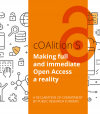 Tổng hợp các bài của Liên minh S (cOAlition S) đã được dịch sang tiếng Việt
Tổng hợp các bài của Liên minh S (cOAlition S) đã được dịch sang tiếng Việt
 Năm Khoa học Mở & Chuyển đổi sang Khoa học Mở - Tổng hợp các bài liên quan
Năm Khoa học Mở & Chuyển đổi sang Khoa học Mở - Tổng hợp các bài liên quan
 Hội nghị Đối tác Dữ liệu Mở châu Á năm 2021 do Việt Nam lần đầu tiên chủ trì
Hội nghị Đối tác Dữ liệu Mở châu Á năm 2021 do Việt Nam lần đầu tiên chủ trì
 Phong trào Bình dân học vụ số: Mục tiêu, đối tượng, nội dung, nguồn lực, phương thức tổ chức thực hiện
Phong trào Bình dân học vụ số: Mục tiêu, đối tượng, nội dung, nguồn lực, phương thức tổ chức thực hiện
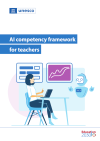 Khung năng lực AI cho giáo viên
Khung năng lực AI cho giáo viên
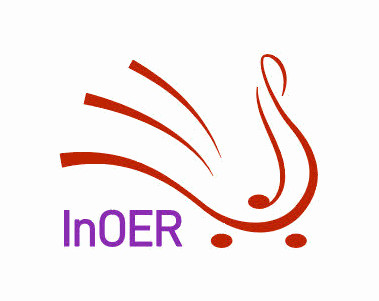 Lễ công bố công khai Trung tâm Năng lực Kim cương châu Âu và dự án ALMASI
Lễ công bố công khai Trung tâm Năng lực Kim cương châu Âu và dự án ALMASI
 Bạn cần biết những gì về các khung năng lực AI mới của UNESCO cho học sinh và giáo viên
Bạn cần biết những gì về các khung năng lực AI mới của UNESCO cho học sinh và giáo viên
 Ngày Phần mềm Tự do, Ngày Phần cứng tự do, Ngày Tài liệu Tự do
Ngày Phần mềm Tự do, Ngày Phần cứng tự do, Ngày Tài liệu Tự do
 Bàn về 'Lợi thế của doanh nghiệp Việt là dữ liệu Việt, bài toán Việt' - bài phát biểu của Bộ trưởng Nguyễn Mạnh Hùng ngày 21/08/2025
Bàn về 'Lợi thế của doanh nghiệp Việt là dữ liệu Việt, bài toán Việt' - bài phát biểu của Bộ trưởng Nguyễn Mạnh Hùng ngày 21/08/2025
 ‘Khung năng lực AI cho giáo viên’ - bản dịch sang tiếng Việt
‘Khung năng lực AI cho giáo viên’ - bản dịch sang tiếng Việt
 Các tài liệu dịch sang tiếng Việt tới hết năm 2024
Các tài liệu dịch sang tiếng Việt tới hết năm 2024
 Các bài trình chiếu trong năm 2024
Các bài trình chiếu trong năm 2024
 Ứng dụng và phát triển Tài nguyên Giáo dục Mở (OER) tại Việt Nam
Ứng dụng và phát triển Tài nguyên Giáo dục Mở (OER) tại Việt Nam
 Mark Zuckerberg: DeepSeek cho thấy vì sao nước Mỹ phải là ‘tiêu chuẩn nguồn mở toàn cầu’ của AI; không có lý do gì để suy nghĩ lại về việc chi tiêu
Mark Zuckerberg: DeepSeek cho thấy vì sao nước Mỹ phải là ‘tiêu chuẩn nguồn mở toàn cầu’ của AI; không có lý do gì để suy nghĩ lại về việc chi tiêu
 Nhà khoa học AI hàng đầu của Meta cho biết thành công của DeepSeek cho thấy 'các mô hình nguồn mở đang vượt trội hơn các mô hình độc quyền'
Nhà khoa học AI hàng đầu của Meta cho biết thành công của DeepSeek cho thấy 'các mô hình nguồn mở đang vượt trội hơn các mô hình độc quyền'
 DeepSeek đã gây ra sự hoảng loạn trên thị trường — nhưng một số người cho rằng việc bán tháo là quá mức
DeepSeek đã gây ra sự hoảng loạn trên thị trường — nhưng một số người cho rằng việc bán tháo là quá mức
 “Chúng tôi không có hào nước”: Sự đổi mới đột phá của AI nguồn mở
“Chúng tôi không có hào nước”: Sự đổi mới đột phá của AI nguồn mở
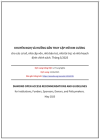 ‘KHUYẾN NGHỊ VÀ HƯỚNG DẪN TRUY CẬP MỞ KIM CƯƠNG cho các cơ sở, nhà cấp vốn, nhà bảo trợ, nhà tài trợ, và nhà hoạch định chính sách’ - bản dịch sang tiếng Việt
‘KHUYẾN NGHỊ VÀ HƯỚNG DẪN TRUY CẬP MỞ KIM CƯƠNG cho các cơ sở, nhà cấp vốn, nhà bảo trợ, nhà tài trợ, và nhà hoạch định chính sách’ - bản dịch sang tiếng Việt
 Tập huấn thực hành ‘Khai thác tài nguyên giáo dục mở’ cho giáo viên phổ thông, bao gồm cả giáo viên tiểu học và mầm non tới hết năm 2024
Tập huấn thực hành ‘Khai thác tài nguyên giáo dục mở’ cho giáo viên phổ thông, bao gồm cả giáo viên tiểu học và mầm non tới hết năm 2024
 50 công cụ AI tốt nhất cho năm 2025 (Đã thử và kiểm nghiệm)
50 công cụ AI tốt nhất cho năm 2025 (Đã thử và kiểm nghiệm)
 Dữ liệu để phân loại AI
Dữ liệu để phân loại AI
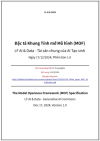 ‘Đặc tả Khung Tính mở Mô hình (MOF)’ của LF AI & Data - Tài sản chung của AI Tạo sinh - bản dịch sang tiếng Việt
‘Đặc tả Khung Tính mở Mô hình (MOF)’ của LF AI & Data - Tài sản chung của AI Tạo sinh - bản dịch sang tiếng Việt
 UNESCO dành Ngày Giáo dục Quốc tế 2025 cho Trí tuệ nhân tạo
UNESCO dành Ngày Giáo dục Quốc tế 2025 cho Trí tuệ nhân tạo